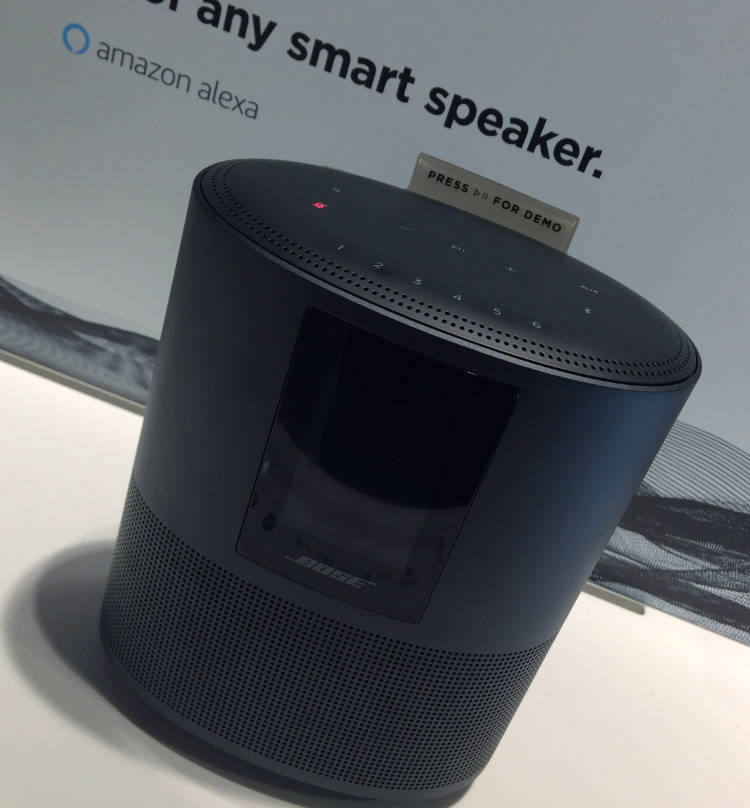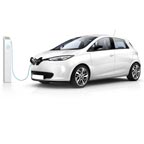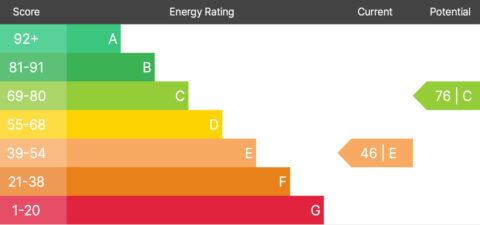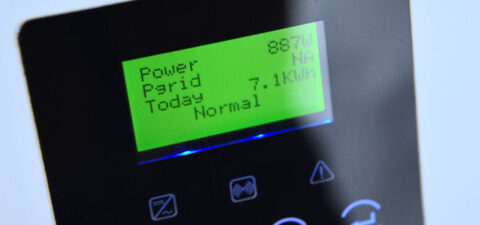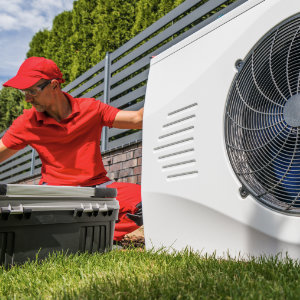All homes have a background energy usage driven by the electricals that are on 24/7. Refrigerators, appliances on standby, set-top boxes, TVs, pumps, boilers, broadband routers, computers, chargers – the list of items sucking energy goes on and on! Now smart devices… voice-controlled ‘smart speakers’ and home hubs have become the next ‘must-have’ tech. The irony is that this tech is consuming far more electricity than the old enemy – leaving stuff on standby!
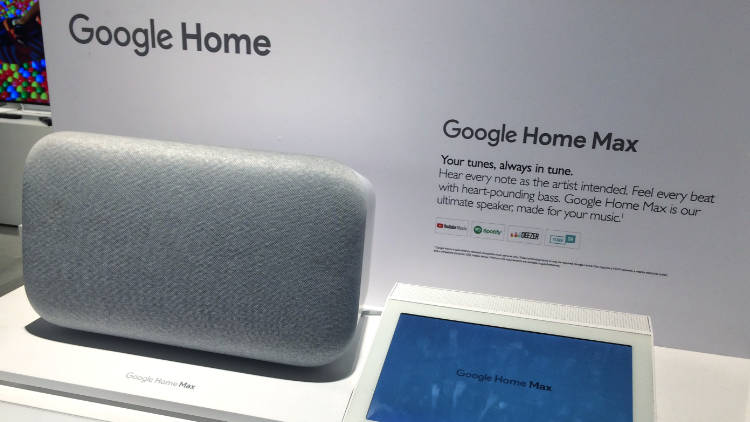
Connected homes are being touted as the next big thing for those who have trouble typing, can’t find their remotes, or need help setting the timer on their heating! I hear myself now shouting “Hey Google! Siri! Alexa! Where’s my phone?” … “I don’t know… but I’ve found this on the web.”
Smart thermostat controls, making your heating work less
Whilst these devices may make life easier, and could potentially save you some energy if you’re using smart thermostat controls, like Google’s Nest or British Gas Hive products. Managing your heating as efficiently as possible it should get your bills down. These devices learn temperatures you like, then adjust automatically. They’re controllable from smartphones, so if you’re delayed getting home you could remotely re-schedule your heating to come on later. Programming boilers on/off cycles should be much more user-friendly when done through an app interface. According to Nest’s own US research customers saved about 10-12% on their heating bills. However, I was quite surprised to see that the Nest thermostat uses 1kWh per month in standby.
Hive, owned by Centrica (British Gas) have claimed savings of £150 a year. These claims are really difficult to substantiate as it’s more about behavioural changes than the tech itself – turning down your heating a bit, wearing more clothes, or draft proofing your home could be equally effective. Combine this with switching to LED lighting, or upgrading to more efficient appliances, and you could easily match these claimed savings from installing their smart tech devices, without the expense.
Motion trackers helping disabled or older people, and those with health conditions
British Gas recently introduced a monitoring service that bolts onto the connected home Hive products. It’s available for a fee of £15 a month, plus a one-off £150 upfront charge. When installed a carer receives alerts via an app if anything out of the usual routine happens, such as a kettle not being switched on at the same time each day, or rooms not being entered. The monitoring is not meant as a replacement to everyday visits or contact, but as a safety guide to thousands of unpaid carers.
The Hive Link service does not have a camera; however, it does include motion sensors, window and door sensors, plus plugin sensors that monitor a regularly used appliance and electricals. This technology could expand further to detect falls and provide help with managing medicines.
Carers UK has partnered with British Gas on the Hive project, alongside the charity Caring Communities, to enable those they support to stay in their own homes for longer.
Smart tech, it’s not all good news
As most homes are struggling to find a spare socket to plug in the latest bit of tech, sales of extension leads and triple adaptors must be going the through the roof. All these devices are only going to increase energy bills. Finding out what these bits of kit use isn’t easy. Nest, owned by Google, make lots of claims on how much you could save by using their thermostat. They then fail to publish meaningful data on their connected home products, such as their Google Home Hub and voice-activated speakers. We contacted them, through their chat service, over three months ago regarding this, and as yet, they have not updated any energy usage data information.
Amazon’s energy usage figures aren’t well publicised and are vague when compared to Apple’s. And we’ve yet to find any environmental reporting, by Amazon, regarding the materials, manufacturing or recycling – not great.
Apple, on the other hand, has got their environmental reporting act together – since the Greenpeace campaign against them a few years back. All the energy usage data is there in understandable terms. Materials used in its manufacture and recycling information are well publicised, unlike the other tech giants!
Other premium smart speaker brands such as B&O, Bose and Sonos appear to be ignoring the fact that their products consume energy. If data is provided it doesn’t reflect real-world usage.
As yet there are no reporting standards or energy labelling requirements for this new classification on products – tech and the market get ahead of the policy makers again! Hopefully, this will change as the market matures.
Could smart connected homes drive up your energy bills?
Whilst the energy usage of these devices may seem trivial, it’s the cumulative effect of tens of millions of these devices in our homes. All adding to the background energy usage across the country. Even small reductions in the energy usage of smart devices could make massive reductions in the overall UK energy consumption.
A more worrying aspect of these technologies – from an energy usage perspective – is the back-end cloud and network services driving these products. At moment there doesn’t appear to be much information regarding network/cloud and data transaction impact in carbon emissions terms. A host of other factors would need to be considered to get robust reporting on this, for example, data centres, server configurations, and how these are powered (renewables or fossil-fuelled) to give a view on their carbon impact.
Amazon cloud platform AWS, which hosts the software that drives Alexa, achieved 50% renewable energy usage in early 2018. Their in-house combined solar and wind generation is estimated at 2-gigawatt hours per year. This is used to power some of their server farms. However, if you took that energy generation away from powering the AWS servers and turned it to run Alexa home smart speakers, that 2 Gigawatts would only power approximately 95,000 units a year. It’s estimated that over 75,000,000 smart speaker units have been purchased worldwide in 2018.
Standby energy usage improves to be replaced by not so ‘smart’ stuff!
Back in the day standby and plasma TVs were seen as the villains of energy usage. Now most TVs (apart from supersized LEDs) and peripheral devices have cut their energy usage down dramatically. All good, however, standby is still a waste of energy.
Fast-forward to the present… we have a plethora of smart connected products filling up our homes, constantly drawing more and more background energy than standby devices ever did. And the hidden cloud services that provide the intelligence and computer processing power are consuming yet more energy as they monitor our lives! So as fast as we make efficiencies, we find more ways to use electricity! The Jevons paradox.
See the most energy efficient...
← SWIPE →
Please note: We do not publish sponsored content or guest posts that are trying to promote specific products or brands. If you have a genuine newsworthy story you would like to share please do comment or email.
